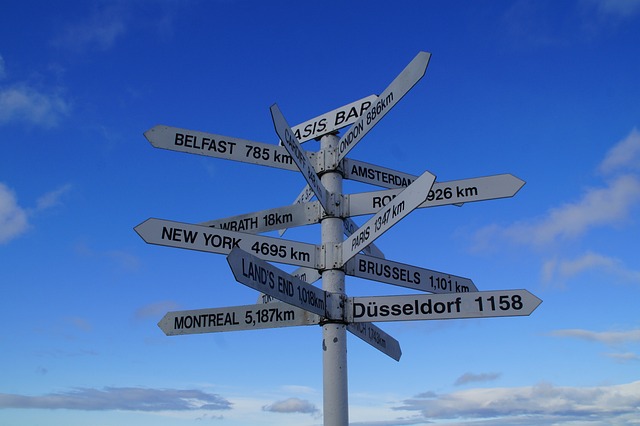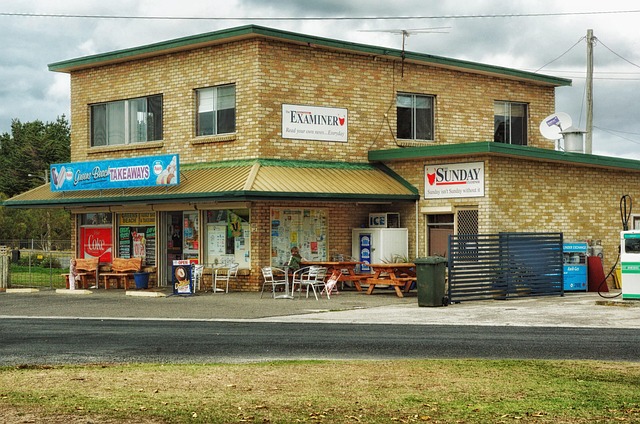In real estate, understanding foot traffic patterns is key for informed investment decisions. High foot traffic locations offer higher rental rates and property values due to visibility and customer access, while low traffic areas present affordable acquisition opportunities with potential future appreciation after strategic interventions. Balancing accessibility and neighborhood appeal, such as proximity to transportation hubs and vibrant communities, creates desirable environments driving long-term success. Tailored strategies are required for urban centers and suburbs, focusing on mixed-use developments, pedestrian-friendly routes, community events, and integrated retail/dining options to maximize foot traffic and foster strong communities.
In today’s competitive market, understanding foot traffic patterns is crucial for real estate success. This article delves into how location significantly impacts business growth and residential preferences. We explore key factors influencing location choices, from accessibility and amenities to demographic trends. Additionally, we provide practical strategies to maximize foot traffic potential in various urban settings, offering valuable insights for investors, developers, and businesses seeking optimal real estate locations.
Understanding Foot Traffic Patterns and Their Impact on Real Estate

Understanding foot traffic patterns is a cornerstone in real estate strategy. By analyzing how people move through urban spaces, developers and investors can gain profound insights into where to locate businesses, residential areas, and recreational facilities for maximum exposure and accessibility. These patterns reveal not only popular destinations but also underutilized areas that could benefit from enhanced infrastructure or new amenities.
In the competitive real estate market, understanding foot traffic can significantly impact investment decisions. High foot traffic locations often command higher rental rates and property values due to their prime visibility and access to a vast potential customer base. Conversely, low foot traffic zones may present opportunities for savvy investors to acquire properties at more affordable prices with the potential for significant future appreciation once strategic interventions are implemented to stimulate local movement and activity.
Key Factors Influencing Location Choice for Businesses and Residents

Choosing a location is a strategic decision, heavily influenced by various factors for both businesses and residents. In the realm of real estate, accessibility plays a pivotal role in attracting foot traffic. Proximity to major transportation hubs, such as bustling city centers or well-connected suburbs, ensures higher visibility and easier accessibility for potential customers or dwellers. This is particularly crucial for retail and commercial spaces, where a steady stream of visitors is essential for sustained success.
Furthermore, the local neighborhood’s character and amenities significantly impact location preferences. Areas with vibrant communities, diverse offerings, and convenient services tend to draw in residents and businesses alike. Easy access to schools, parks, restaurants, and entertainment venues creates a desirable environment, fostering increased footfall and a sense of community. Thus, understanding these key factors is vital for navigating the real estate market and ensuring a location’s long-term viability.
Strategies for Maximizing Foot Traffic Potential in Different Urban Settings

In urban settings, maximizing foot traffic potential involves tailored strategies that consider the unique characteristics of each neighborhood and its surrounding real estate. For instance, in dense city centers with high population density, focusing on accessibility and convenience is key. This includes ensuring easy access to public transport, creating pedestrian-friendly routes, and designing mixed-use developments that cater to daily needs, all of which encourage residents and visitors alike to explore the area on foot.
In contrast, suburban areas may benefit from different approaches, such as establishing dedicated walking paths, promoting local events and community gatherings, and integrating retail and dining options within close proximity. By fostering a sense of community and offering diverse amenities accessible by foot, these strategies can significantly enhance foot traffic. Real estate developers play a crucial role in implementing these tactics by thoughtfully planning mixed-use developments that seamlessly blend residential, commercial, and recreational spaces.






